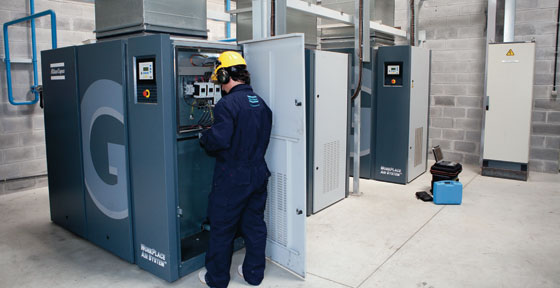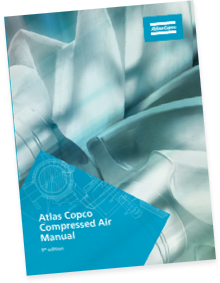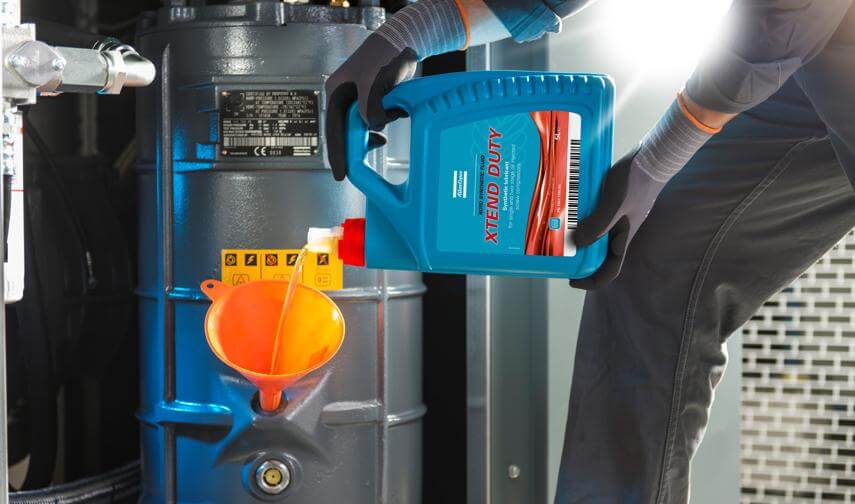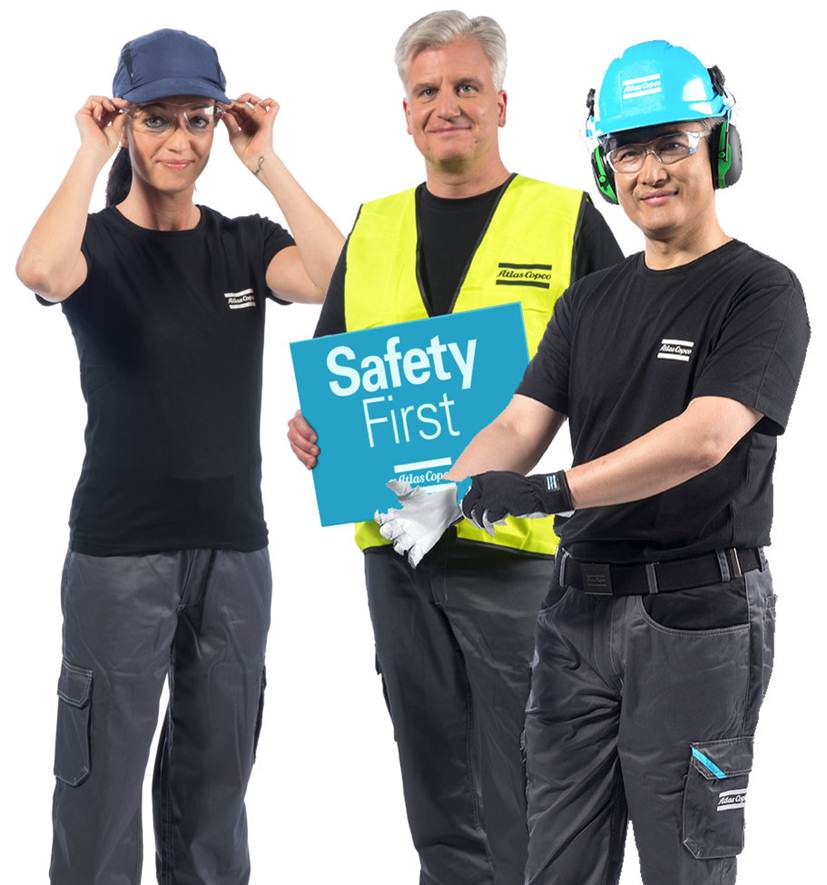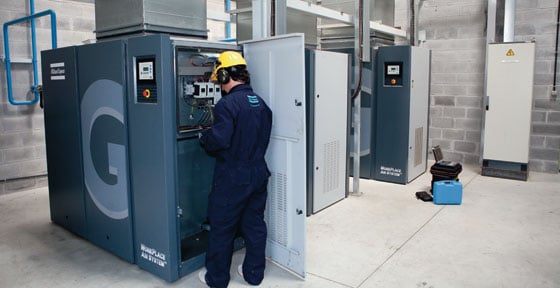
The following is an excerpt from the article, Eliminate compressed-air system pressure drops, published in the July issue of Processing magazine. The article is by David Ritchie, AIRnet Marketing Supervisor.
When’s the last time you bought a new car? While shopping around, did you stop and consider the total costs involved? During a car’s operating lifetime, thousands of dollars will be spent on fuel, new parts and repair and maintenance, above and beyond the vehicle’s initial purchase price.
The same is true of industrial equipment. Take a compressed-air system, a vital component in many processing facilities. The biggest single cost associated with producing compressed air is the energy required to power the compressor. It’s not rare at all for compressed air to account for up to 40% of the total energy a facility consumes on an annual basis.
That means maximizing compressed-air energy efficiency may be smartest thing a facility’s management can do to save money over the long term.
Moreover, the operational soundness of core compressed-air system components matters greatly when it comes to the lifetime optimization of an air-compressor system. On-going and proactive maintenance of the entire system, including compressed-air piping and filters, is vitally important for the compressed-air system’s health and the facility’s bottom line. Where piping leaks, there are pressure drops, which force the compressed-air system to work harder. Elimination of pressure drops throughout the compressed-air system has a domino effect that can result in significant and ongoing cost savings.
To start reducing compressed-air system pressure drops: 1) identify and fix leaks in the compressed-air piping, 2) prevent new leaks and 3) optimize the piping configuration.
Identify and fix
The first step in reducing pressure drops is to identify leaks. Even the smallest compressed-air system leak can be a big drain on resources. For instance, a single quarter-inch air leak at 100 psi can cost as much as $8,000 a year in lost compressed air.
Maintain or replace filters
Once leaks have been identified and fixed, it’s important to take steps to prevent new leaks from forming. Dust, corrosion-inducing moisture and the resulting pipe sludge leads to leaks that compromise efficiency and increase the risk of breakdown or end-product contamination.
Regular system maintenance not only prevents new leaks from forming, but also reduces risk. If compressed air is not filtered properly, or if the filter is clogged, pressure drops occur more frequently and product contamination risk increases. Changing filters systematically ensures compressed-air quality and prevents pressure drops.
Optimize piping configuration
Piping systems more than five years old have been shown to exhibit leaks of up to 25 percent, yet many facilities are slow to upgrade equipment. And even though there is a more efficient choice available, most facilities still use galvanized iron, or “black iron,” for compressed air piping systems.
You can read the full article, which provides more detailed information on how to eliminate compressed air system pressure drops, by visiting Processing magazine’s website: Eliminate compressed air system pressure drops. If you would like to learn more about how to maximize your compressed air system’s energy efficiency, contact us or leave a comment below.

